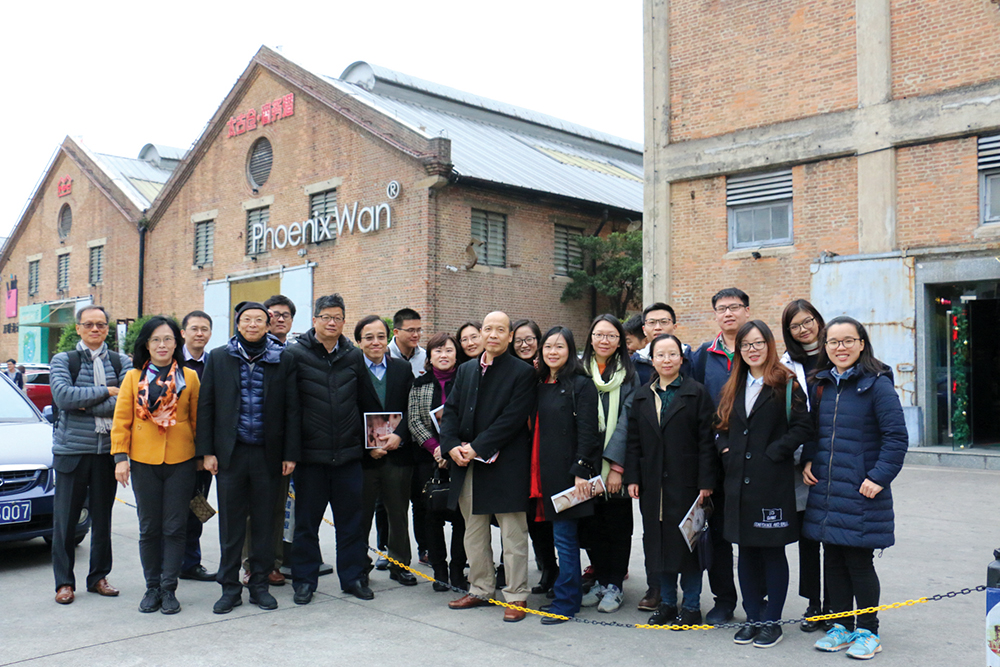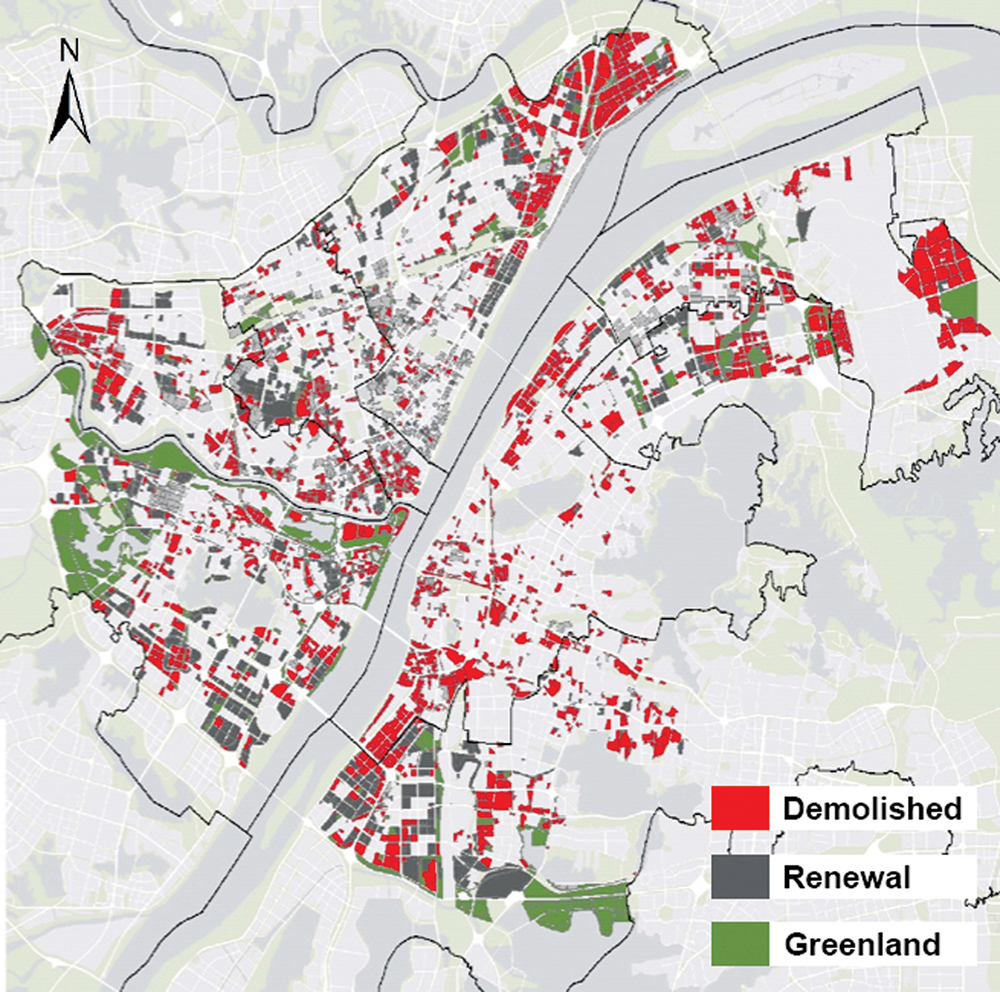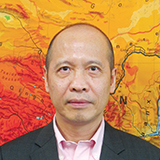November 2020 | Volume 22 No. 1
City Squeeze
In 1956 a giant iron and steel factory opened in Wuhan that was so important Mao Zedong visited it twice. Tellingly, the plant was situated in the centre of the city – an example of socialist city planning that places factories and giant squares at the centre of civic space, rather than the high-rises of market economies.
Today, the landscape of Wuhan and other cities in Mainland China has completely transformed. Skyscrapers have mushroomed alongside economic reforms. Along the way have been winners and losers, whose fate has been tracked in a multi-disciplinary Collaborative Research Fund project led by Professor George Lin Chu-sheng of the Department of Geography.
“Anyone would be impressed by the dramatic landscapes in the cities, but how do you make sense of the changes from old to new? Who made the decisions? Who bore the costs and benefits?” he said.
“This is a story that needs to be told that should also have important implications for policymaking. Redevelopment obviously improves efficiency of land use, but has the benefit been shared by all of the stakeholders?”
The project focusses on five cities – Beijing, Shanghai, Wuhan, Guangzhou and Shenzhen – and identifies key factors that may determine if a project succeeds. Failure takes a human as well as economic toll, as communities resist through protests and some people even commit suicide.
Starting a project on an economic upcycle is the most obvious contributor to success – the parties have more to gain. But bureaucratic and cultural matters have an impact, too.

Professor Lin’s team carried out field work in Guangzhou in 2017.
Open to manipulation
Theoretically, all land is owned by the national government, which entrusts municipal governments to claim its property rights. Initially, the two governments divided land redevelopment profits between them and gave nothing to the original land users, but this meant land users had little incentive to cooperate. Guangzhou therefore introduced a reform to let land users retain 60 per cent of the profit. The initiative received Beijing’s approval.
But projects also have to overcome cultural issues at the neighbourhood, or ‘village’, level. These ‘villages-in-the city’, often located in central areas, were established by people from similar ancestral lineages so they could be closer to work. If there are only one or two ancestral lineages in a village, they tend to take a united stand in negotiating with developers, who are key providers of funds for redevelopment projects. But if there are more lineages, they can become vulnerable to manipulation by developers who pit one group against another.
“When you have four different ancestor groups sitting together to make a decision and decide what developer to involve and who will get what, and there are developers manipulating behind the scenes, you can have a problem of resistance [to redevelopment]. Whereas if the village has a relatively consistent and simple lineage structure, it’s more straightforward,” Professor Lin said.
The research has also revealed how villagers try to improve compensation for their property by gaming the system. For instance, after learning their village may be redeveloped, some villagers have quickly increased their building height to five or even 10 storeys to get more compensation (the legal limit of compensation is supposed to be three storeys). “In Shenzhen, there are many stories of people who became millionaires overnight because they increased the height,” he said.
Benefits not shared equally
The municipal government response to this has been telling. In Beijing and Wuhan, villagers who add storeys receive no additional compensation because these are considered illegal structures and the villagers must bear the cost of taking them down. Guangzhou will allow a small amount of compensation to cover illegal construction costs. In Shenzhen, the additional floors are eligible for full compensation.
“This reflects the interaction of the state and society. In Beijing, the state overwhelms society – you are supposed to be disciplined and obedient and there is no allowance for any illegal activity. Shenzhen is the other extreme. You have a very weak state and a very powerful society and market,” he said.
The weakest parties, though, are migrant workers who do not hold local hukou permits. They often live as tenants in the villages (and build the high-rises that replace them) and are considered outsiders, ineligible for compensation from redevelopment.
“The migrants can’t afford to live in the new high-rises there and they can’t afford to live in the suburbs and commute every day. Basically, they are pushed out of the city. There is an attitude that they are not supposed to be there in the first place. The migrants are the biggest losers in China’s urban redevelopment,” he said.
Similarly, while large municipalities are winners because the redevelopment process has generated considerable amounts of tax revenue, the central government has not benefited to nearly the same extent. “The improved efficiency [of land use] and increased wealth generated by redevelopment have not been equitably shared by the different stakeholders,” Professor Lin said.

This map shows the urban redevelopment in Wuhan, China – areas shaded in red are demolished areas; areas shaded in grey are renewal areas; areas in green are greenland.
The migrants can’t afford to live in the new high-rises there and they can’t afford to live in the suburbs and commute every day. Basically, they are pushed out of the city.

PROFESSOR GEORGE LIN CHU-SHENG

